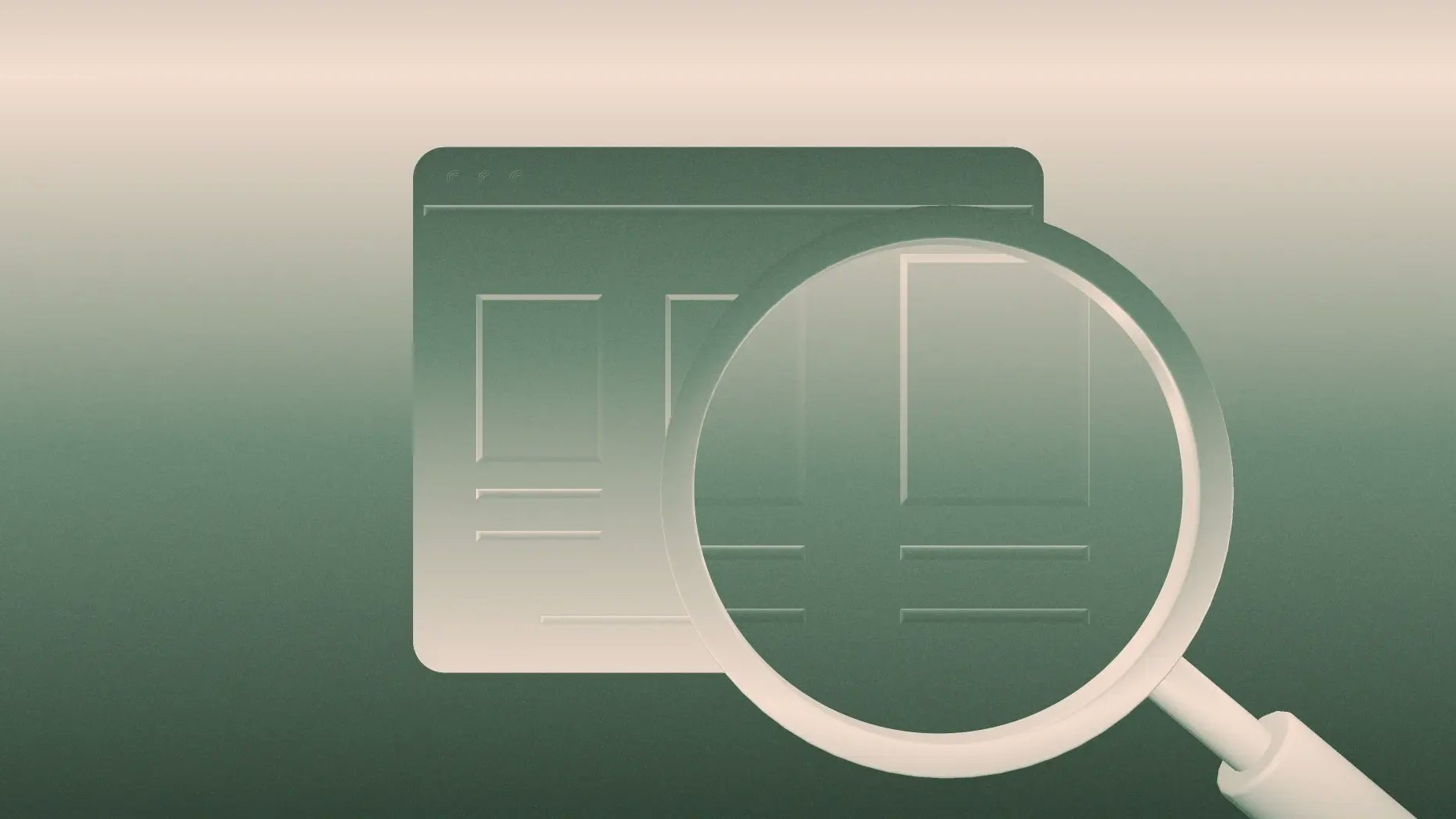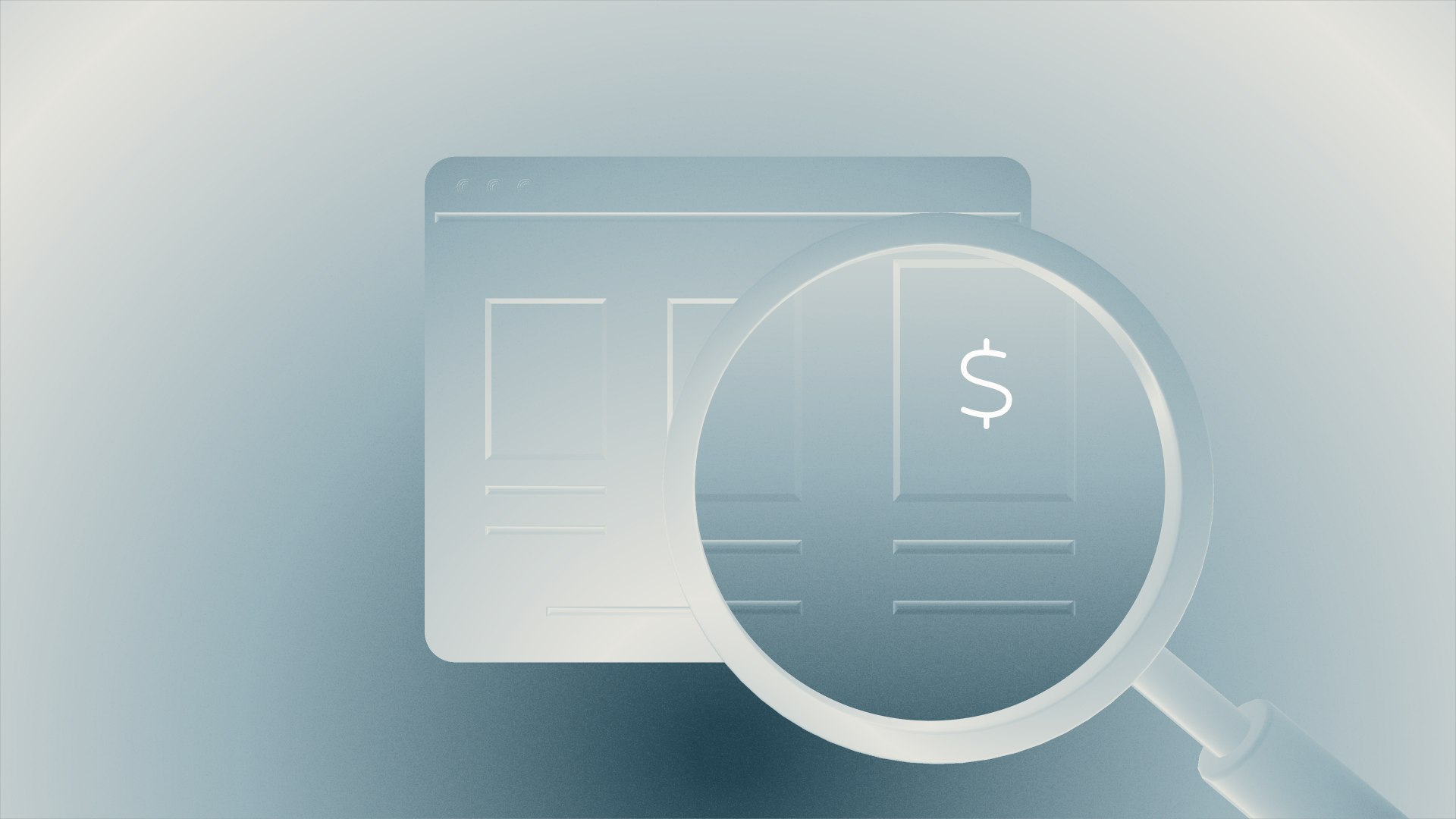What is dropshipping?

Dropshipping is a flexible way to sell products without having to own and store inventory.
In this article, we’ll cover how dropshipping works, list out the pros and cons of the model, and give you tips to get started.
Key takeaways
- The dropshipping model means you are a middleman between your customer and the dropshipping supplier.
- The dropshipping supplier stocks items in a warehouse and fulfills your customer's orders as they come in.
- Dropshipping allows you to start a business with limited starting capital, low overhead, and a straightforward business model. But it has its downsides, including shipping complexities and the responsibility of customer service left in your hands.
How does dropshipping work?
If you want to sell retail products on a traditional ecommerce platform, you'll need to buy and store the products you want to sell. When a customer places an order, you will ship it out to them.
Dropshipping upends the traditional retail model by allowing you to partner with dropshipping suppliers, who handle inventory and shipping for you. Your business is responsible for following up with the supplier and making sure the product reaches the customer.
Here's how to get started:
1. Find a reliable dropshipping supplier
You are the middleman between a dropshipping supplier and your customer. Your supplier or dropshipping platform—like WooCommerce, Shopify, or Magento—will have a catalog of items that you can choose to sell. When you sell an item, the supplier will package the items and ship to your customer directly from their warehouse.
You'll want to research several companies before settling on a dropshipping supplier. Look for recommendations on Google, dropshipping forums, and dropshipping blogs. Here are some details to look out for:
- Lots of warehouses: Having warehouses around the globe—or at least in the countries where you'll be selling—ensures speedy shipping times to keep customers happy. If a U.S. customer has to wait for a shipment from China, for example, you run the risk of losing shipments in transit and delivery time taking longer than expected, leading to bad store reviews.
- Good customer service: Contact the company and ask questions to test its customer service. Make sure customer service is responsive and easy to get a hold of.
2. Create your dropshipping store
You can choose between a few types of dropshipping stores, including a store hosted on a marketplace like eBay or Amazon, or a store hosted on your own website, which you can opt to link to platforms like Shopify.
Dropshipping in a marketplace
If you choose to sell products on an existing marketplace, you'll face stiff competition. It's very possible that other people will be selling the exact same item, and even sourcing it from the dropshipping supplier that you're using.
However, there are things you can do to stick out from the pack, like writing informative product listings and taking custom photos and videos of the products. You can also advertise internally on marketplaces to have your listing show up in certain places.
Dropshipping from your own website
Creating your own website sounds like a chore, and it can be if you code it yourself. However, it's pretty easy to use website builders like Squarespace and Wix, or link a domain to a store on platforms like Shopify and BigCommerce.
With your own store, you’ll need to invest in advertising that will help you show up in places that customers might be searching, like Google. An independent store also allows you to potentially price items higher because you won't be constantly undercut by competitors. You can also create a more tailored shopping experience, and cultivate an email list of warm prospects—most marketplaces don’t allow dropshippers to create their own email lists.
3. List products for sale
Next, you'll need to decide which products to sell. Many dropshippers choose specific niches to focus on, such as electronics, beauty goods, or fitness products. If you choose a niche, you might opt to partner with a supplier who specializes in this category. Alternatively, you can choose a dropshipping supplier with a large catalog, so the likelihood of the supplier carrying your niche products is higher.
Listing items
Most dropshipping suppliers support a range of ways to link your account. Linking your account lets you hook up your product listing to your dropshipping supplier's website, so that orders are fulfilled automatically. If this isn't an option, you'll need to pass each order along to your dropshipping supplier manually as customers place their orders. Alternatively, you can use a tool like Zapier or Alloy to bridge the gap between your store platform and the dropshipping supplier.
You'll need to write each product listing and include photos of the item. Try and list the benefits of the product, not just the features themselves. Many suppliers push pre-written descriptions from their website—use these as a foundation for your descriptions, but try to expand on them. Additionally, study other product descriptions and photos in your niche to see what works.
Pricing items
You'll also need to decide how much to sell each product for. Remember to factor in the cost of the item along with other business costs, such as your customer acquisition costs.
4. Customer orders a product
When a customer places an order, you'll pass it along to your dropshipping supplier so that they can fulfill the order. The dropshipping supplier will need all details about the order, including the type of product, the shipping method, and the customer's shipping address.
If your dropshipping store account is linked up with your supplier, your order can be passed on automatically. If not, you can pass the order along yourself. Some dropshipping suppliers like CJDropshipping offer bulk order features so you can upload many orders at once in a spreadsheet.
5. Dropshipping supplier fulfills order
Once your dropshipping supplier has the order information, they'll pick the order and package it. Then, they’ll ship the order to the customer on your behalf.
Once it’s shipped, you'll pay for the order. This is one of the biggest advantages of dropshipping—you don't need to pay for merchandise up-front or physically process the order. Your job is to find customers and handle customer-facing support for the dropshipping supplier—they handle the rest.
A dropshipping example
Let's say that Doug is a stay-at-home husband from Chicago looking to support his family. Doug really likes to work out, so he finds a dropshipping supplier that specializes in fitness equipment. He creates a website on Shopify, links it to his dropshipping supplier, and creates product listings. He orders one of each of the supplier’s dumbbells for himself so that he can test them out and make sure they're high quality.
Doug approves of the samples and decides to launch his dropshipping store. However, three weeks after launching, he still doesn’t have any customers. He tries to figure out why—after conducting some research, he realizes that he’s picked a highly competitive market. There are hundreds of dropshipping stores selling the same dumbbells, and his shop isn’t popping up on Google search.
He realizes he needs to differentiate himself. He establishes a more cohesive design for his marketing, learns how to use targeted ads on Instagram, and begins advertising to people who browse fitness websites in Chicago.
This experiment works. Pretty soon, Doug is getting orders for his products. Because he's linked his dropshipping store with his supplier, those orders pass directly to the warehouse. The supplier packages the order and ships it to his customer. Doug handles communications with the customer.
Doug pays the dropshipping supplier with the money from his sales and pockets the difference. The amount remaining after he pays for taxes and business expenses is his profit.
Benefits of dropshipping
There are several benefits to dropshipping, including:
Less capital required
The biggest advantage of dropshipping is that you don't need to purchase items before they sell. Your dropshipping supplier has already taken on all of that risk.
In fact, the only capital that's required to start up is the cost of creating a dropshipping store, such as a Shopify subscription or a domain on Squarespace. You might also spend money trying out samples of the items you want to sell.
After that, you’ll likely need to pay for advertising. However, it’s important to remember that not all dropshipping cases are the same. Some dropshippers burn through thousands of dollars before they get regular sales. Keep these risks in mind when you start up.
Easy to start
You don't need to be a tech wizard to get started—there are many drag-and-drop ecommerce platforms. However, you will need to know how to research successful techniques and navigate new user interfaces.
Easy to test and scale
Testing new products and scaling your sales ability can be a cumbersome process if you have to manufacture items yourself. With dropshipping, your supplier takes on that risk.
This means that you can test out new items frequently. If an item isn't selling as well as you'd hoped, you can swap it out with a new item. You're only limited by your dropshipping supplier's catalog.
This also makes it easy to scale your sales. If you start selling more items, you can just place more orders with your dropshipping supplier. As long as the supplier is able to meet your needs, then you can continue working with them as you grow your sales—whether you're selling five or 5,000 pieces per month.
Straightforward business model
The processes that you use to start dropshipping look the same even when you’re earning thousands of dollars per month. The only thing that changes is the volume of your order flow between your dropshipping store and the dropshipping supplier.
Drawbacks of dropshipping
Dropshipping comes with its share of challenges.
Low margins
You might face competition, which can scare you into driving your prices down or spending more on advertising. Many of your competitors are likely sourcing the same product as you from the same supplier. This can lead to low margins.
Inventory issues
It can seem like your supply of items is inexhaustible since it lives in someone else's warehouse. But remember—your items likely come from a common stock and other business owners may be ordering from the same supplier.
If your dropshipping store is linked with your supplier's website, you may be able to set it so that no orders are placed if the supplier’s inventory drops to zero. Otherwise, if you're passing along orders manually and your supplier's stock drops to zero, you might find yourself in the awkward position of not being able to fulfill a customer's order. This might lead to negative reviews.
Some dropshipping suppliers allow you to purchase and reserve stock for your exclusive use. But that defeats the point of dropshipping, which provides you the flexibility to only buy items as orders come in. It's best to reserve this strategy for items that are selling very well.
Shipping complexities
Most customers want a range of shipping options and generally want their item as quickly as possible. Take into account the warehouse location for each item. Remember which countries you can ship to within a reasonable time frame.
You're handling customer service
Aside from finding customers to sell products to, your main job is to act as customer support for the people buying the products. But since so much of the dropshipping model is outside of your control—from packaging to shipping—you're often held liable for problems that you didn't create.
Even if an error wasn't your fault, it's often good business to offer a refund. It's yet another reason why it's important to choose a reputable dropshipping supplier who won't require you to fix a lot of errors.
Tags
Related reads

Should you launch on eBay? A viability checklist by product category

Shopify Balance review: Pros, cons, and alternatives for ecommerce companies

Turning real-time financial insight into an ecommerce advantage
